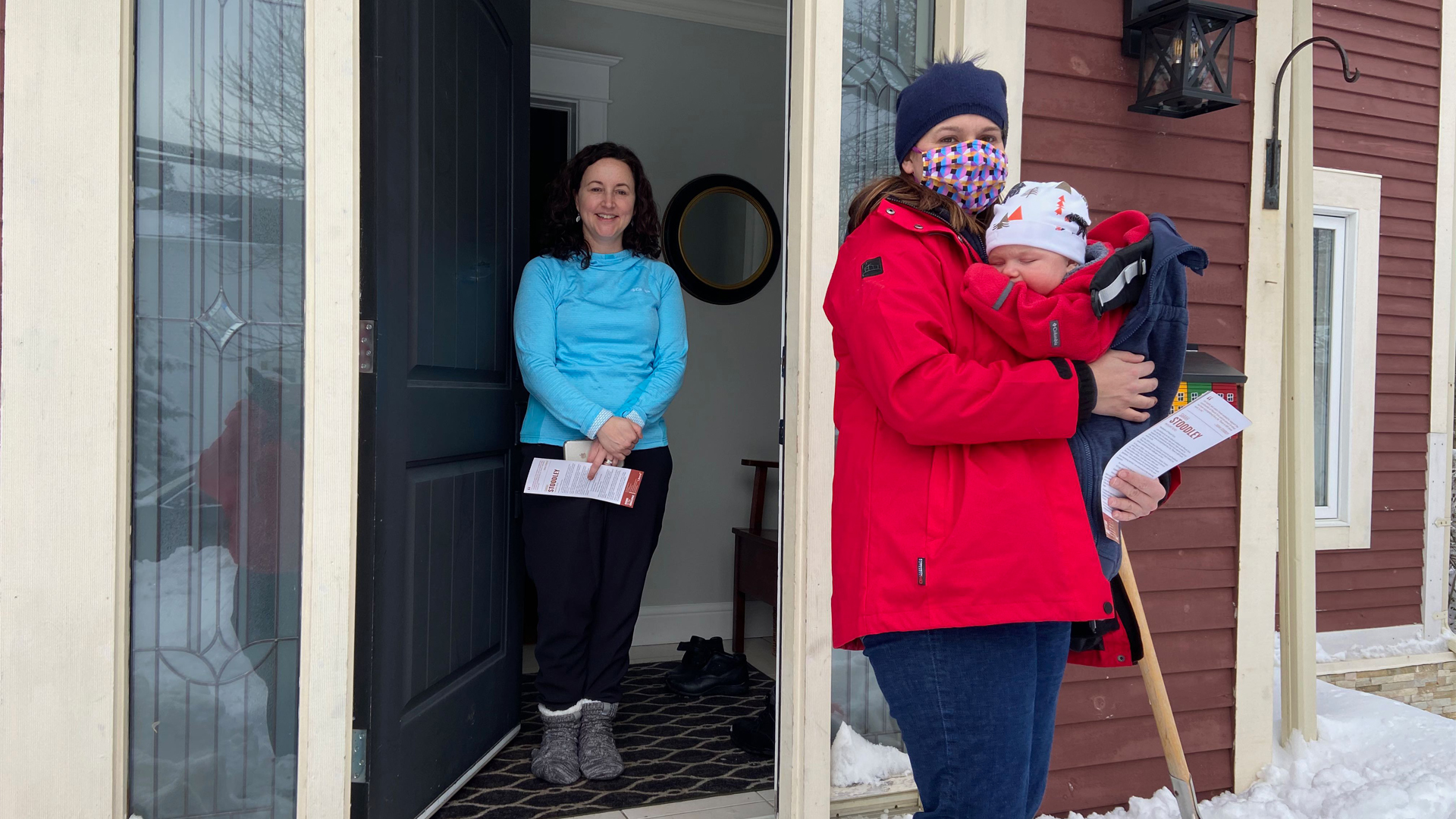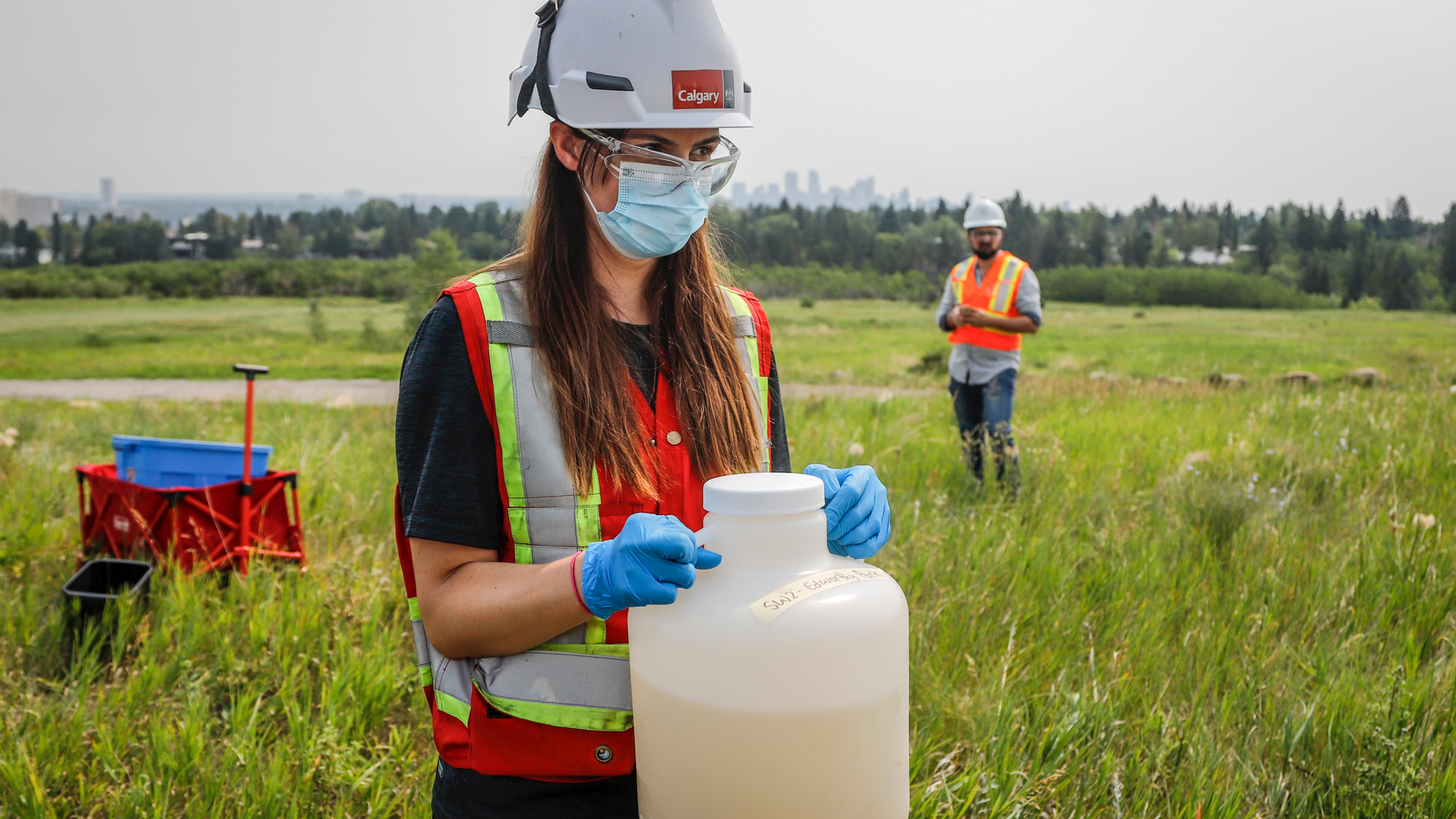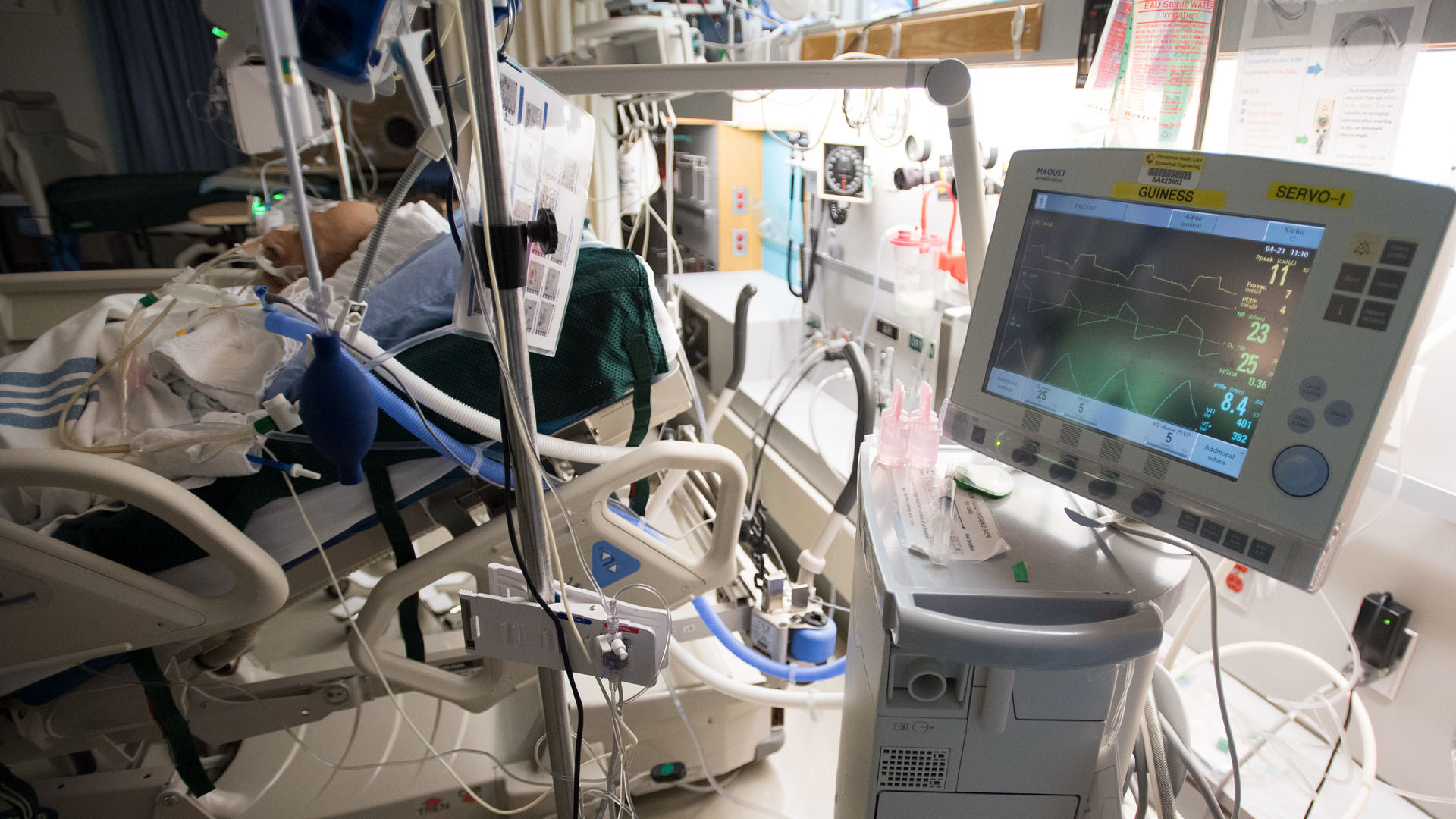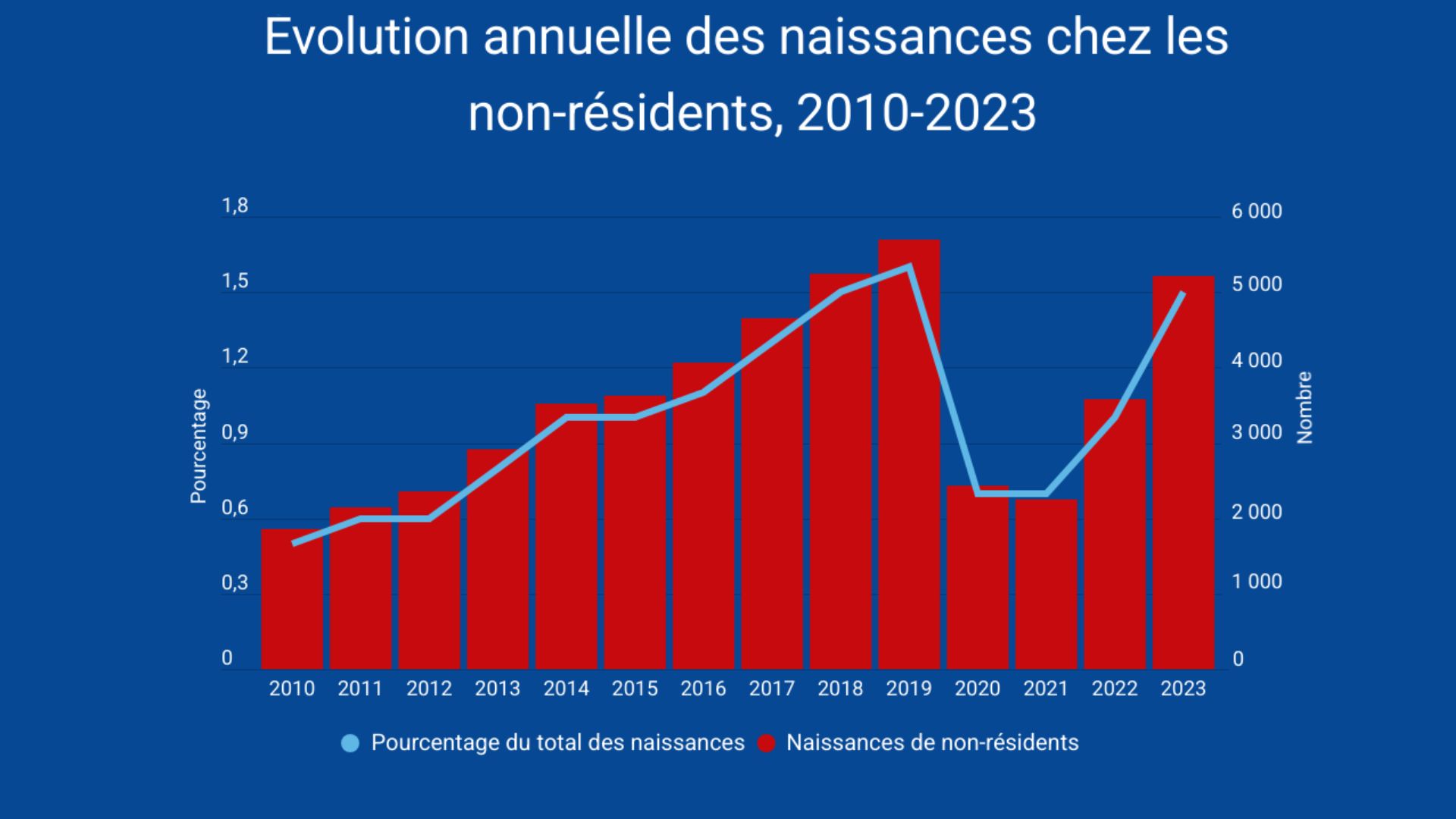
The COVID-19 pandemic has changed how elections in Canada can be run, requiring candidates to campaign differently. Provincial elections in British Columbia, New Brunswick and Saskatchewan in fall 2020 were executed relatively smoothly. But in early 2021, it was a completely different situation in Newfoundland and Labrador. The provincial election was impacted by a sudden outbreak, and candidates were forced to get innovative as we adapted to changing circumstances and a campaign that stretched weeks longer than planned.
On Jan. 15, 2021, the writs dropped to elect members to Newfoundland and Labrador’s 50th general assembly. That day there were five active cases of COVID-19 in the province, and citizens were on alert level 2. Masks were mandatory, but children were in school and most people had returned to work.
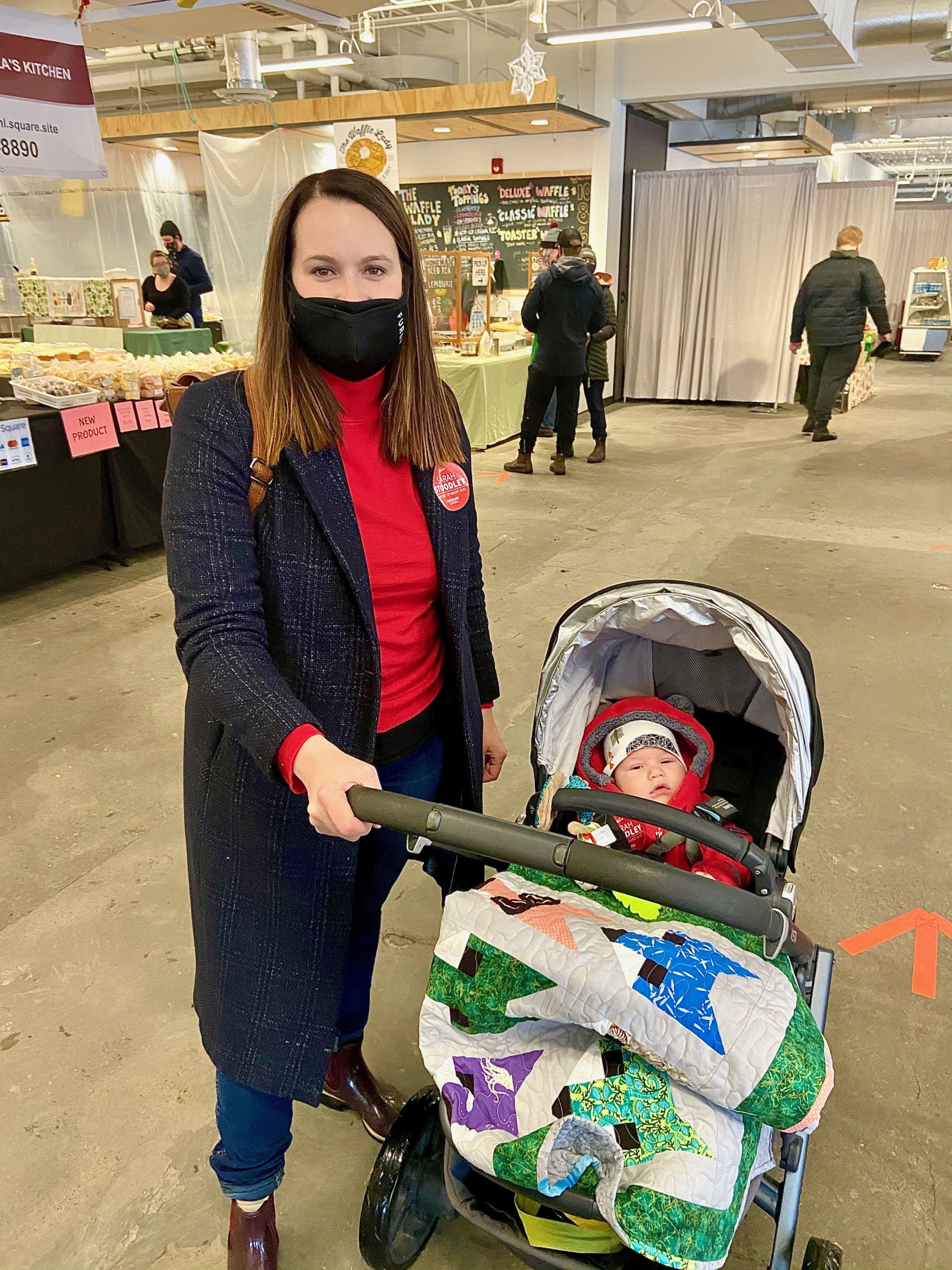
I was first elected in 2019 as a member of the house of assembly. This was my second election, and I felt much better-prepared this time around. My first campaign was my first involvement in an election. Before that, I had only studied elections as part of my master of arts in political science from Memorial University.
But given the widespread speculation that a general election would be called, my team and I had been preparing for a winter campaign. We had looked to other provinces where elections had been held during the pandemic to see how they had been executed safely and successfully.
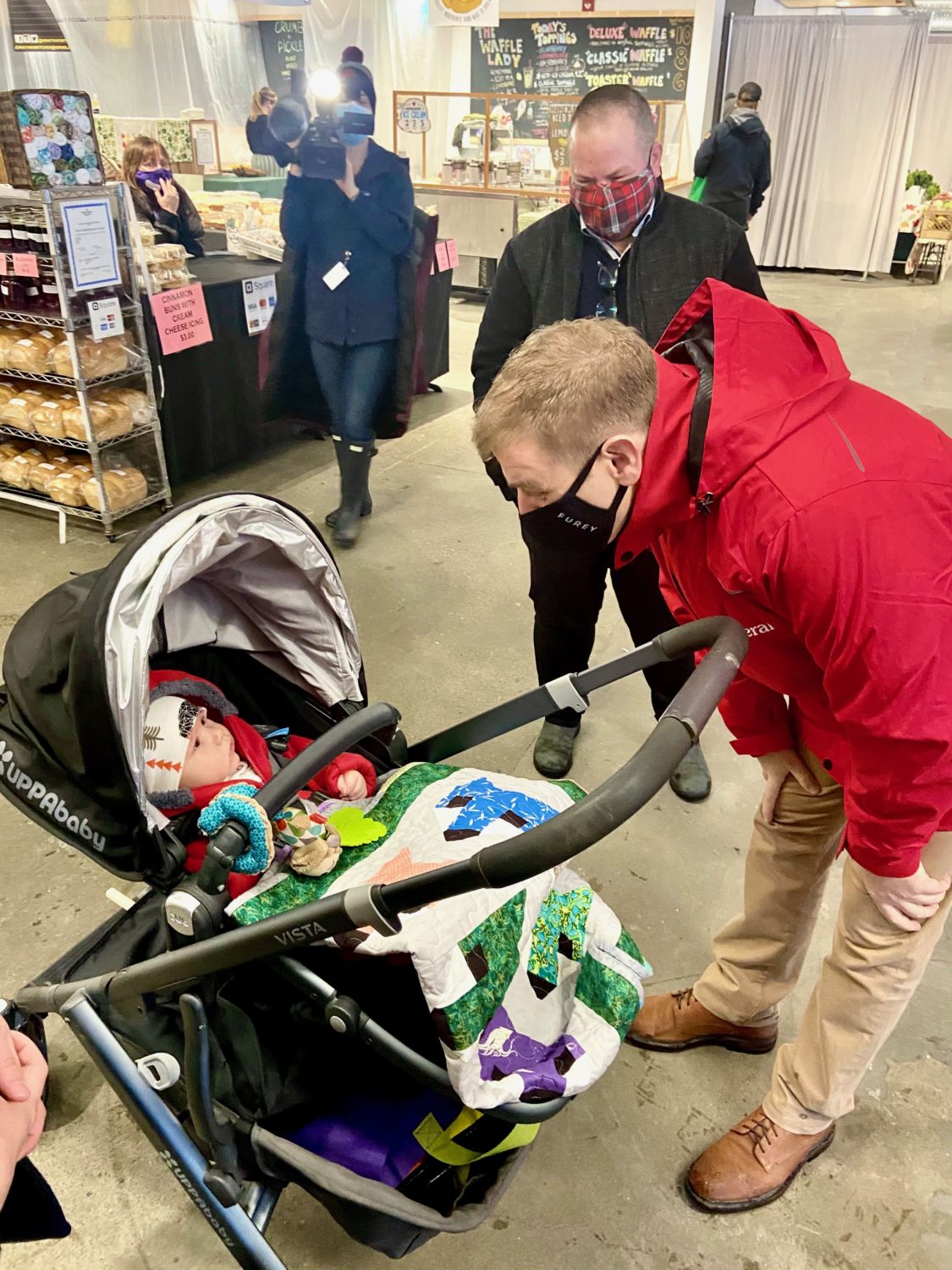
This election was unique. Everyone had to wear masks all the time, with no unnecessary gatherings in the campaign headquarters. Sign-in sheets for contact tracing were kept at our HQ entrance and hand sanitizer followed us everywhere. Both Elections NL and the party provided us with helpful guidelines to keep our campaigns, volunteers and voters safe. We would knock on voters’ doors but stay farther back and leave flyers in mailboxes.
Our plan was to get as many residents as possible to sign up to vote by mail so voters would have a safe and accessible way to cast their ballots. Snowmageddon was still fresh in our minds from January 2020, when the St. John’s metro region was inundated with snow and everything shut down for the better part of two weeks. As a province, our COVID-19 numbers were low and had been for some time. Our cases were almost exclusively linked to incoming travelers.
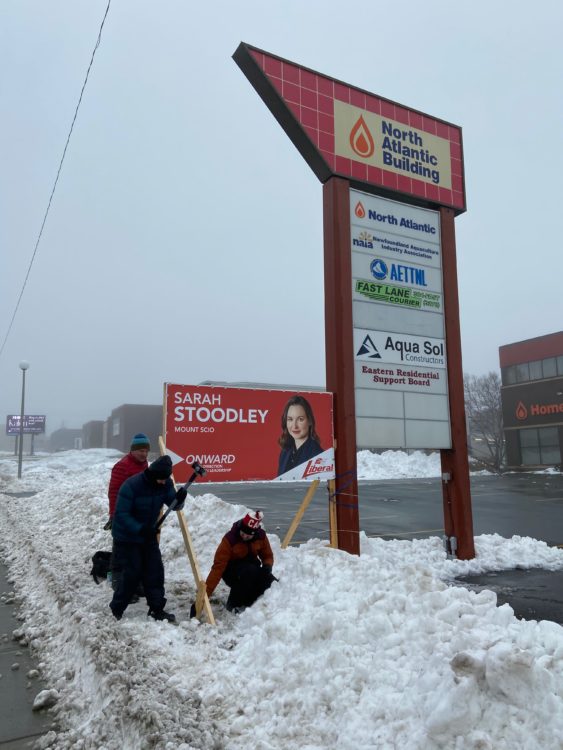
During the first three weeks of the campaign, I went door-to-door in the afternoons and evenings, connecting with residents. As an incumbent I felt like it was even more meaningful this time, continuing conversations we had started 20 months ago on residents’ doorsteps and meeting constituents whom my office had helped. To reduce rides required on election day, early in the campaign I drove residents to vote in person by special ballot (one at a time, disinfecting between rides). I did find that there were more residents home during the day and willing to answer their door compared with spring 2019, which I assume is because many more residents were working from home. A lot of people were surprised to see me at their doors, assuming I was a delivery.
Advance poll day came and went, and the campaign was going as planned. Less than a week of the election campaign remained when the U.K. variant of COVID-19 arrived in our province and cases quickly rose. We made the decision to shift to a virtual campaign. My volunteers and I spent our days calling residents, identifying supporters.
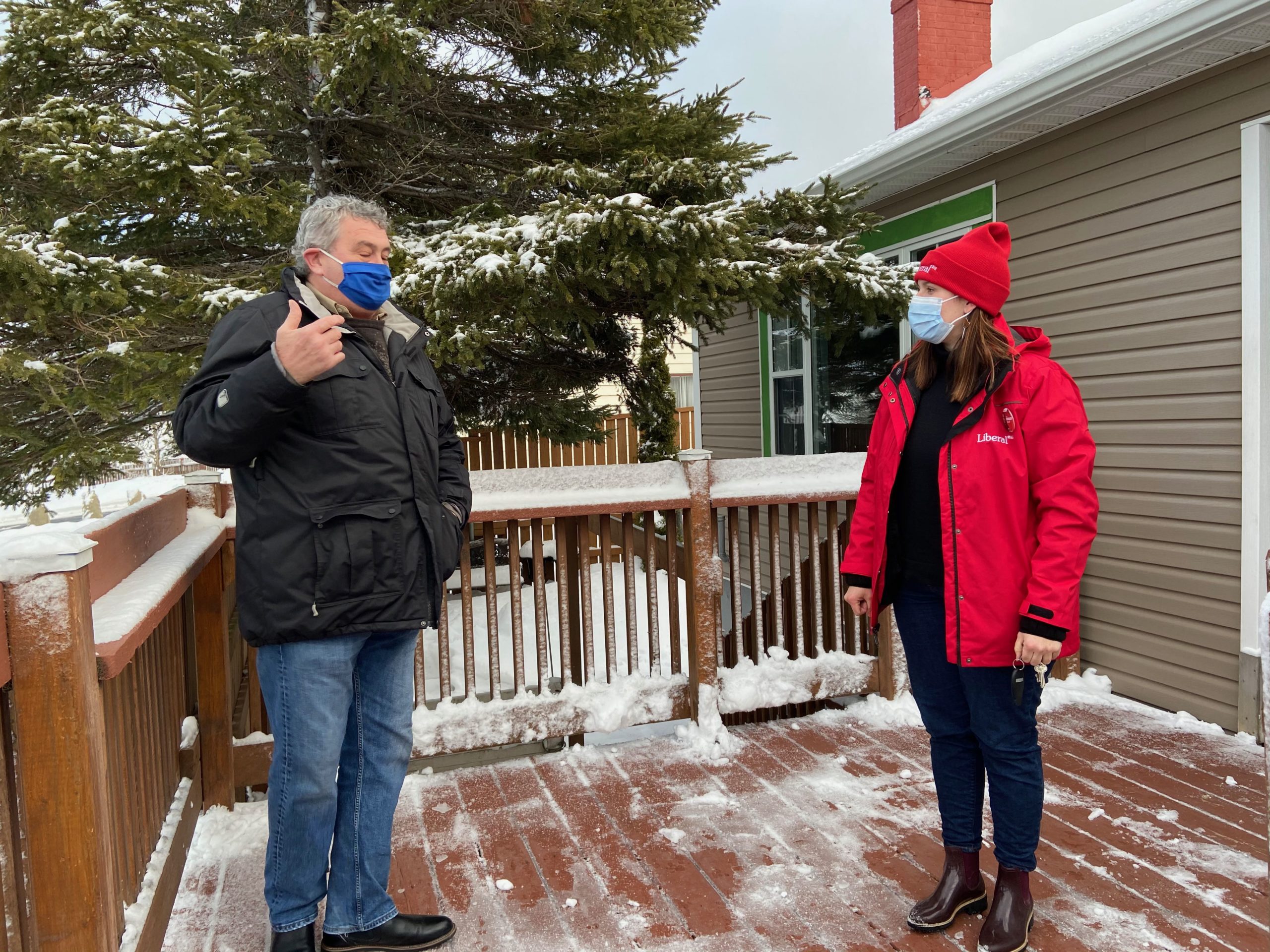
Election day had been set for Feb. 13. On the 9th there were 30 new cases. Feb. 10 had 53 new cases. A day later, there were 100 new cases, prompting the chief electoral officer (CEO) to announce that voting on the Avalon Peninsula, including St. John’s and 18 of the province’s 40 districts, would be postponed because of the virus’ community spread, and that the deadline to apply to vote by mail was being extended.
The next evening (the eve of the election for 22 districts outside the metro area) after seeing another 50 cases, there was an urgent Friday night provincial government COVID-19 briefing. The chief medical officer of health announced that the U.K. variant had arrived in our province and that we were reverting to alert level 5 (our highest level of lockdown) until cases could be brought back under control.
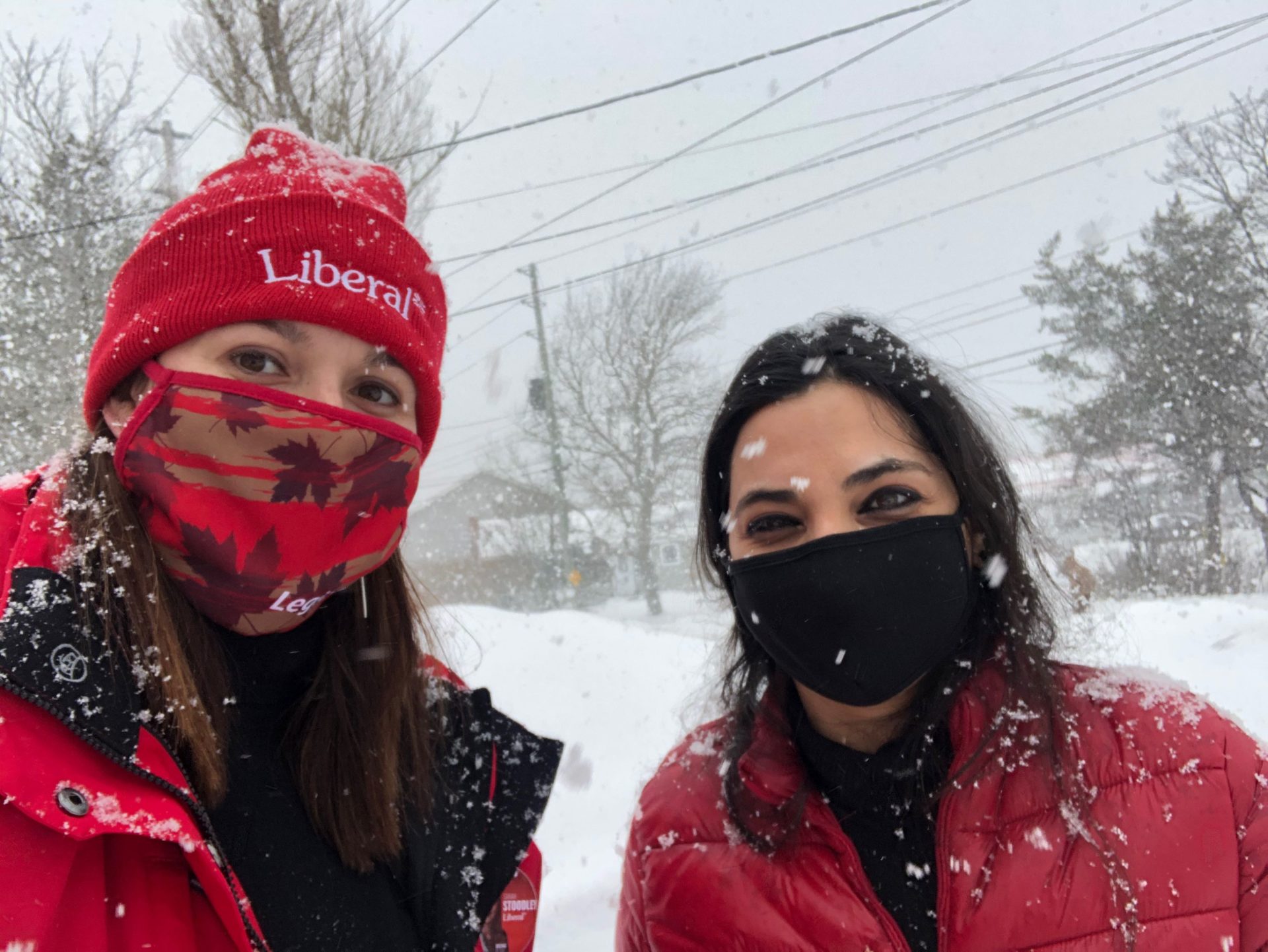
That evening, the CEO announced that all in-person voting was cancelled. The only remaining way to vote was by mail, and the deadline to apply for a mail-in ballot was extended by a week.
The rise in COVID-19 cases and reverting to alert level 5 forced us to do a complete pivot from a somewhat modified but mostly normal campaign. Important voting information was now changing on a daily basis. One day we were telling residents that they had three more days to apply for a mail-in ballot. The next day we were telling them there would be no more in-person voting, and they had another week to apply.
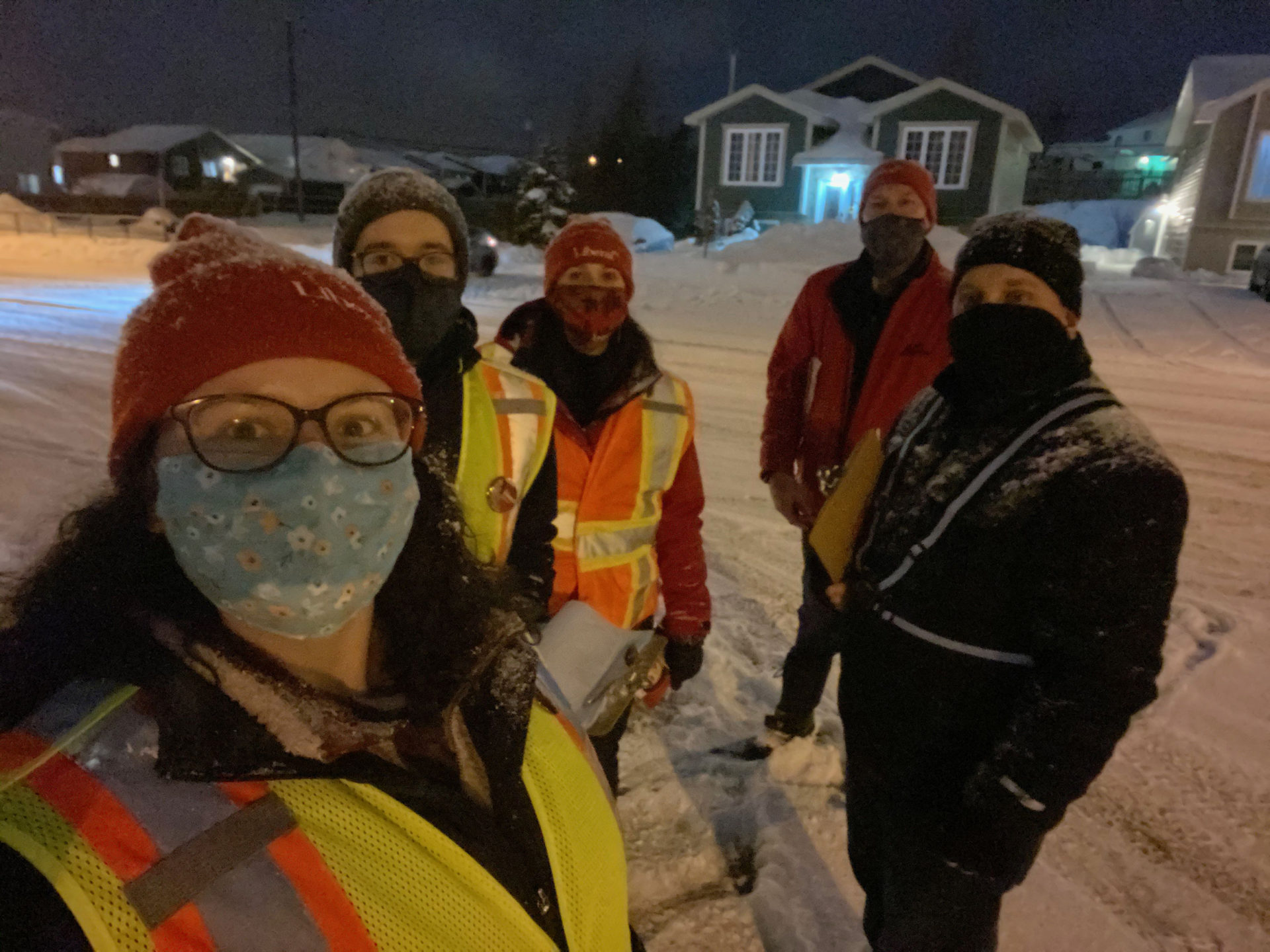
The changing deadlines also added complexity to campaign spending and co-ordination. With one week left of the campaign and having received unexpected donations, I made the decision to secure bus shelter ads in my district. At the end of that week, we went into level 5 lockdown with all non-essential businesses closing. Nearly a month later, my bus shelter ads were still up, which I assume was due to non-essential staff being required to stay home. The longer election period also meant that my sign team had to fix and repair weather-beaten signs for an extra month as well as fix and replace lawn signs as the snowbanks shrank and grew. We leveraged automated phone messages to communicate changes quickly to voters.
The shift to a virtual campaign coupled with the temporary close of non-essential businesses led to unexpected logistical challenges. For example, the furniture rental company wasn’t able to pick up rented campaign furniture as agreed; therefore, we couldn’t vacate our campaign headquarters as expected. Luckily our published campaign phone number was a cell number, so we were able to continue receiving campaign calls despite not being able to access our headquarters.
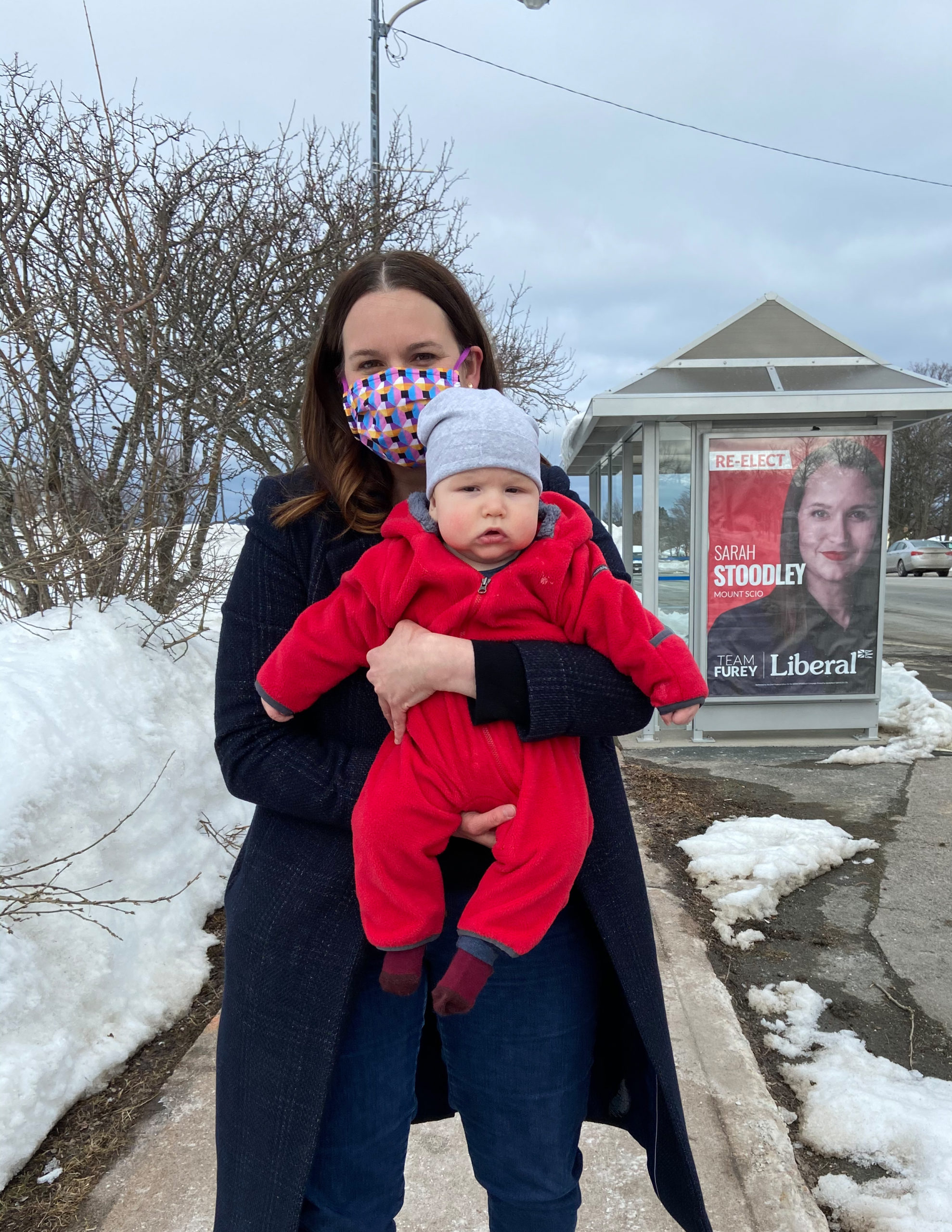


I also have an infant who had just turned 5 months old. I struggled with leaving him (in the care of my husband and/or mom) for hours a day while I went door-to-door. I missed putting him to bed. Harder still was ensuring I was able to continue breastfeeding, trying to stay just hydrated enough to pump every few hours in the back of my car. For me, the switch to a virtual campaign was a silver lining. I could make calls from home and be there for feedings and bedtimes. As challenging as this extraordinary campaign was, I like to appreciate the positives where I can.
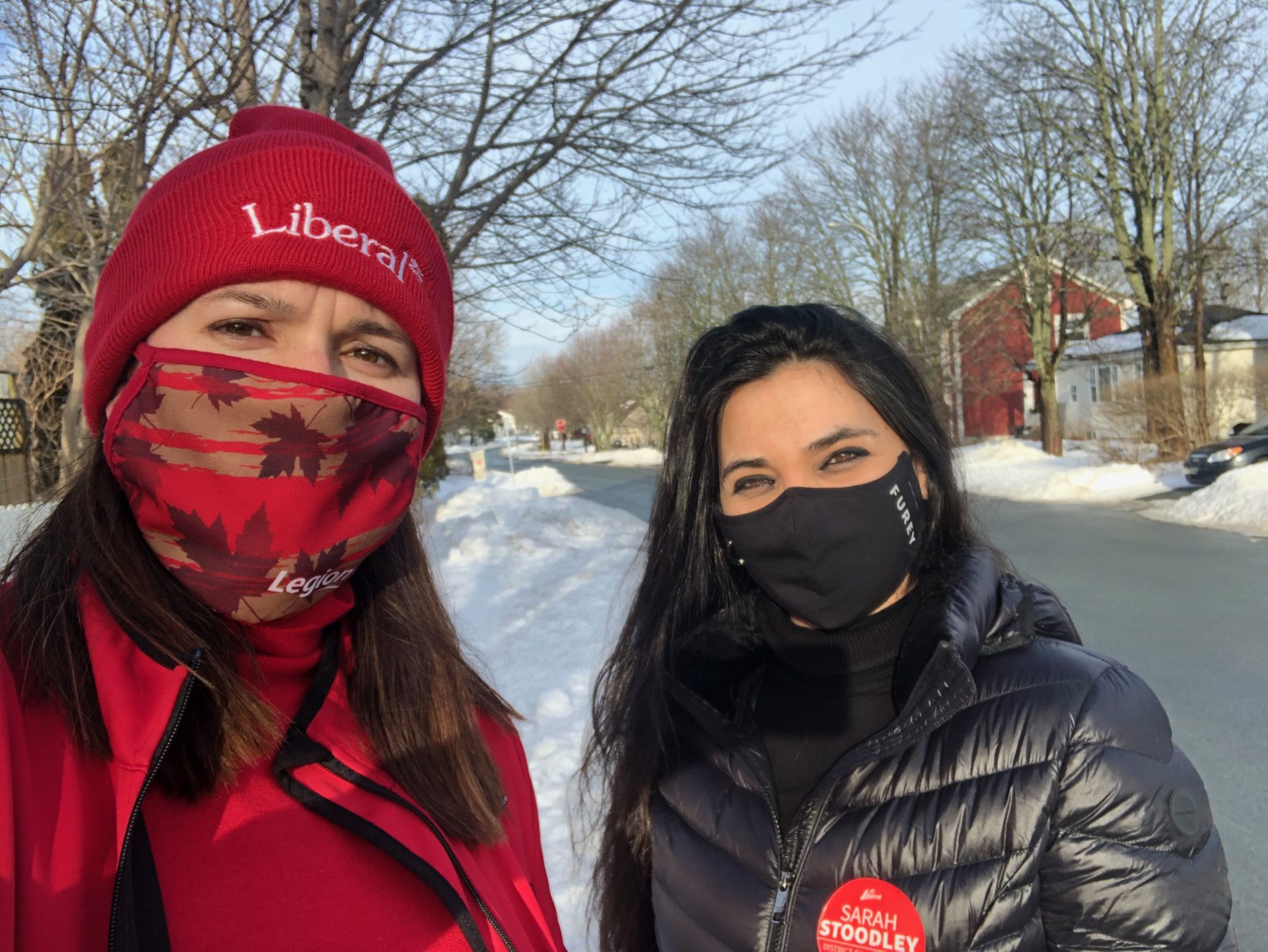
Counting the mail-in ballots took more than six weeks after the original election day. Seventy-one days after the writs dropped, results were announced on March 27. I am very honoured to have been re-elected to represent the residents of Mount Scio in this historic election for Newfoundland and Labrador’s 50th general assembly.





